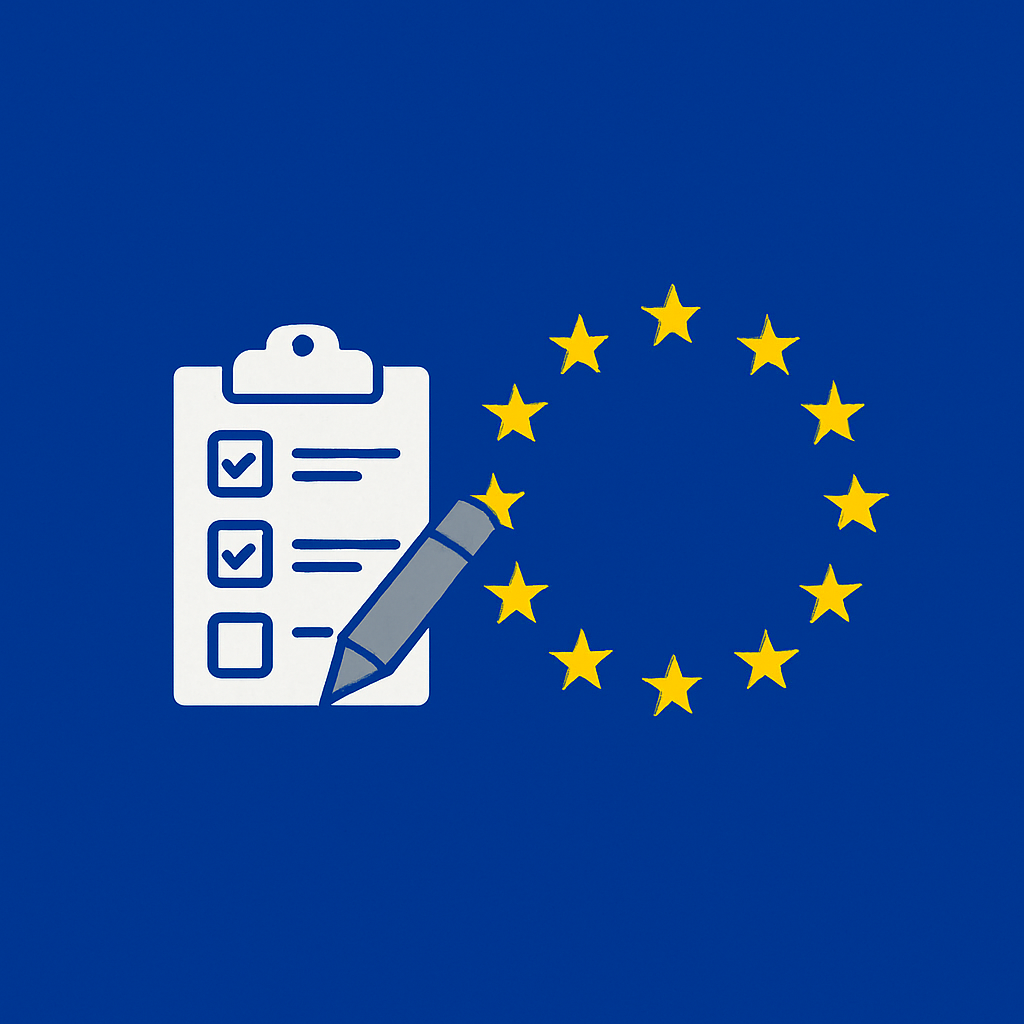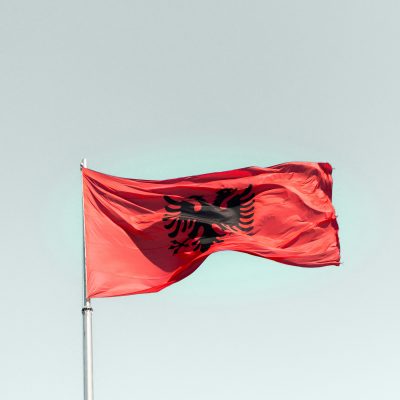Put to the test: the Eastern Partnership and the EU

This Policy paper by Florent Parmentier establishes a picture of the Eastern Partnership and its perspectives while the Vilnius Summit of the 28th and 29th of November begins.
Four years after its launch, two years after political reform of the European Neighbourhood Policy (to include the “more for more” principle), and a few days after Ukraine’s defection, where does the Eastern Partnership stand? This question is explored through a first-time assessment of eastern partners. Further European integration depends on the current offer of the Partnership on the EU side. This paper identifies possible paths to making this policy more effective, and on the basis of these considerations, examines where the Eastern Partnership may be in 2020.
After having drawn on the appraisal, challenges and then objectives and stakes of the Partnership, the author proposes some recommendations, as well as prospects for a partnership wich has been weakened by the withdrawal of Ukraine only a few days before the Vilnius Summit.




